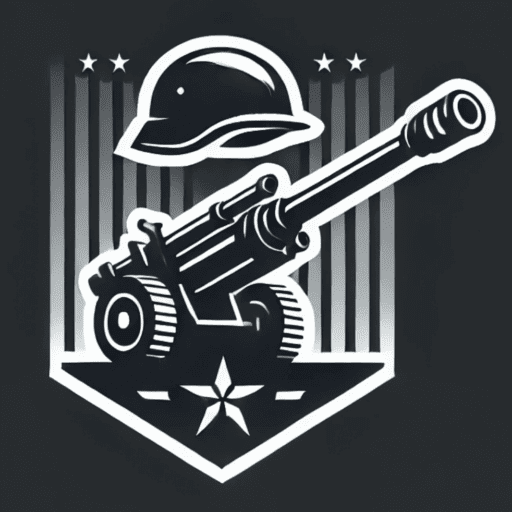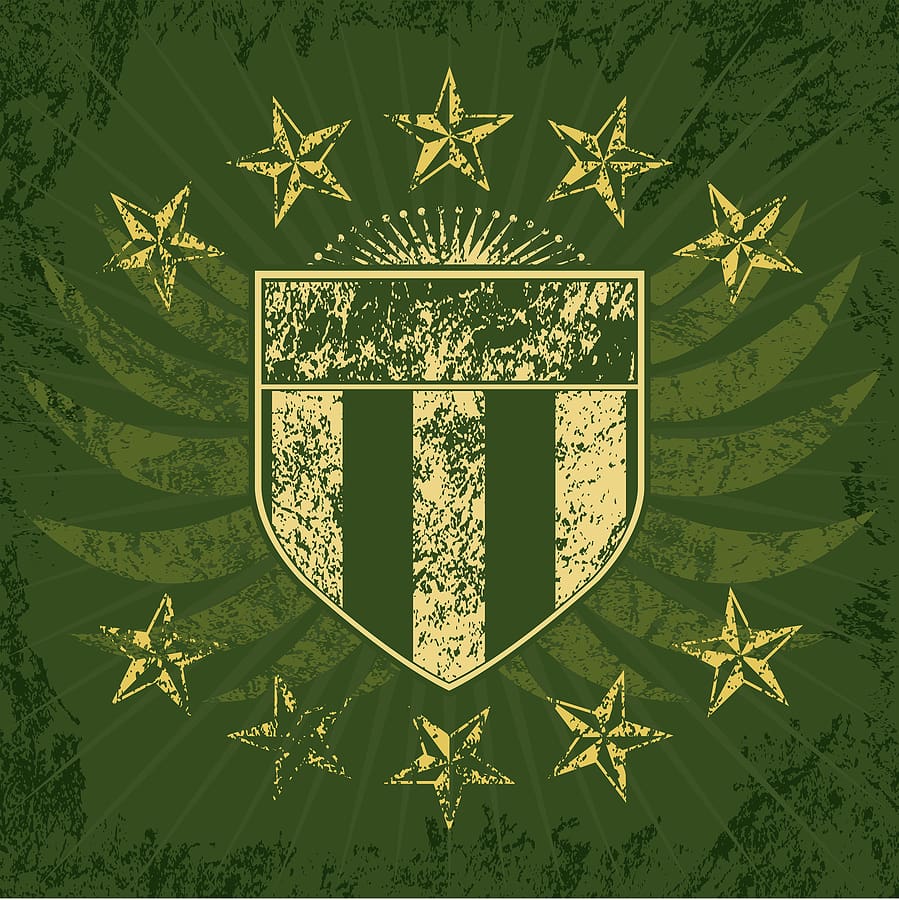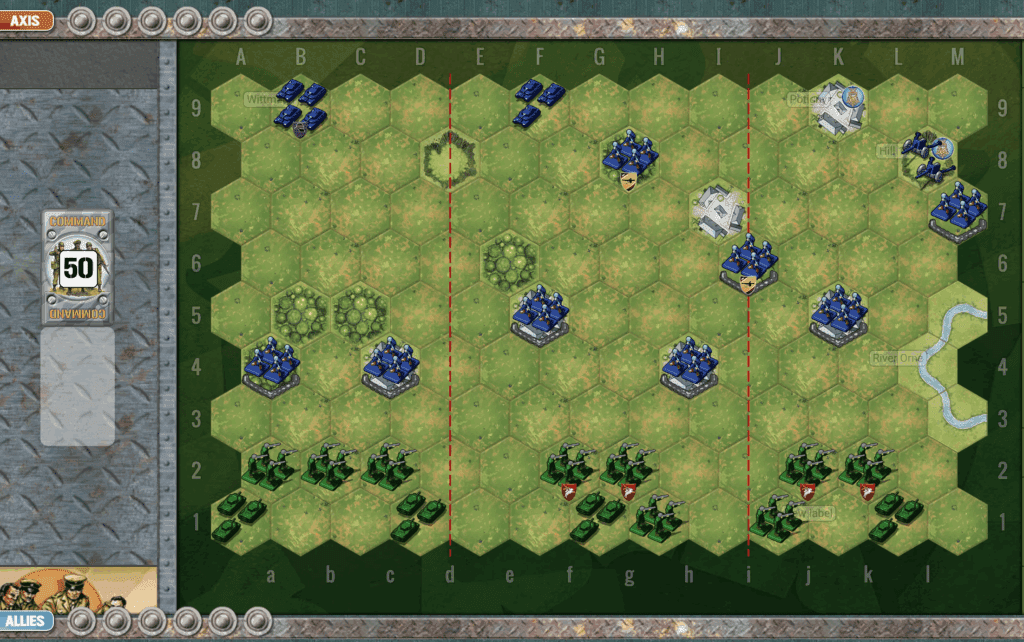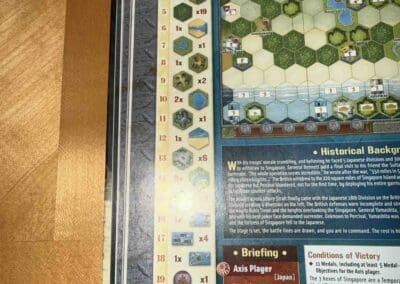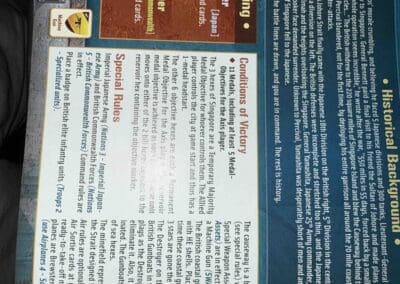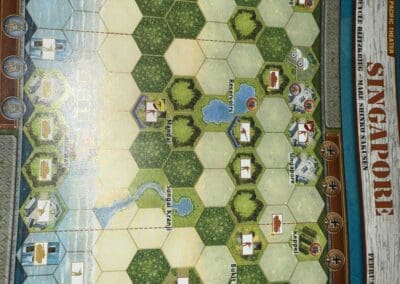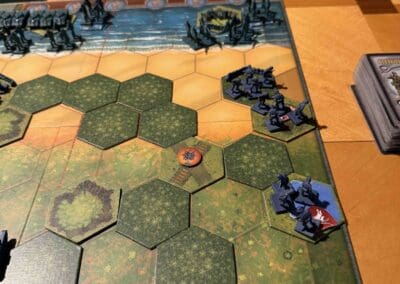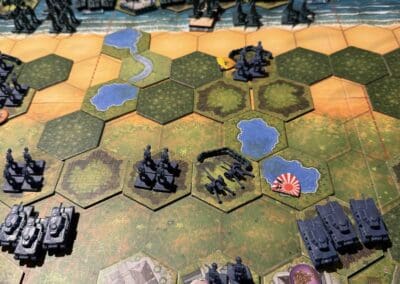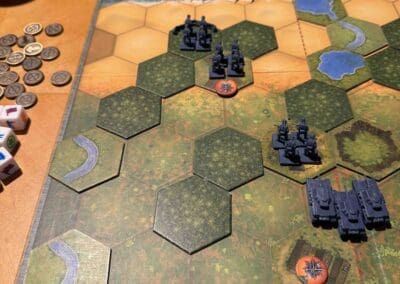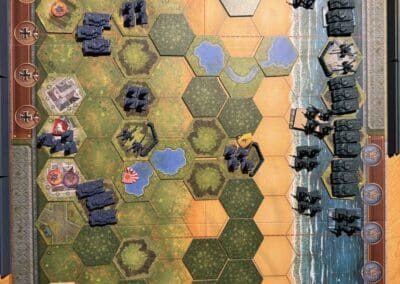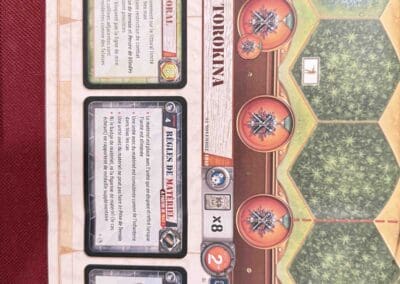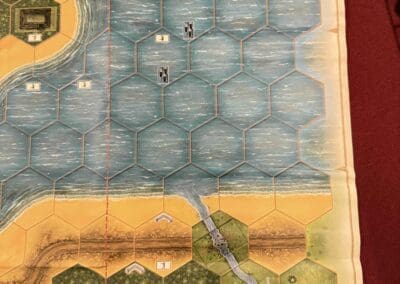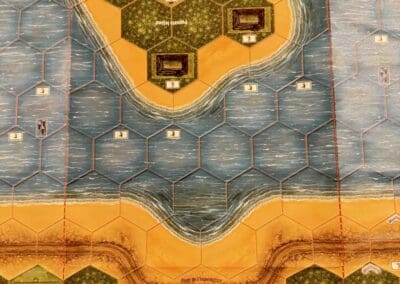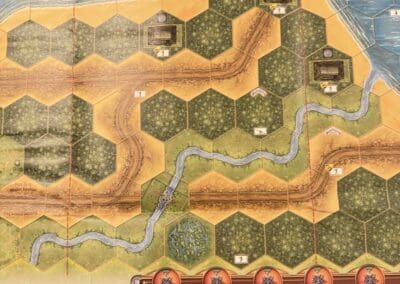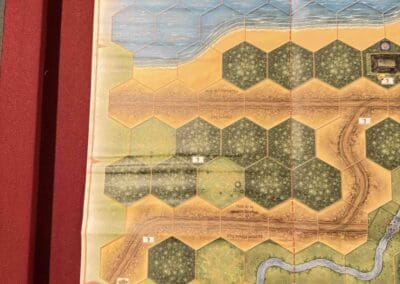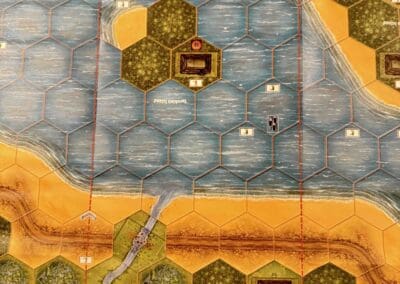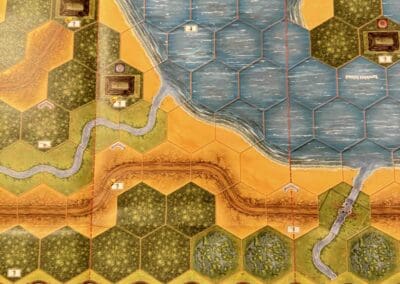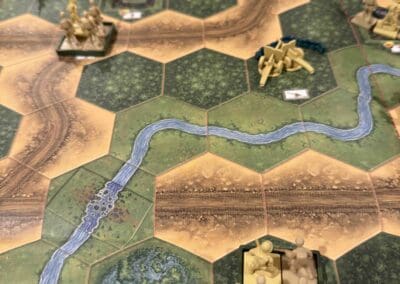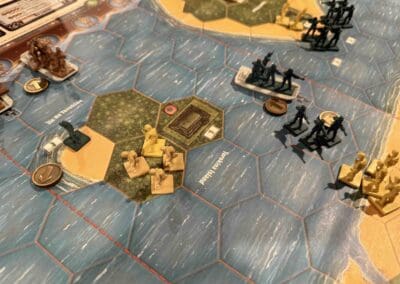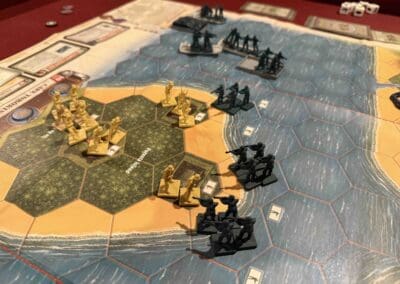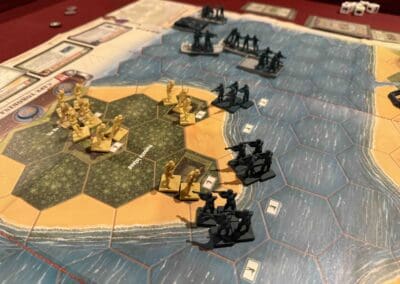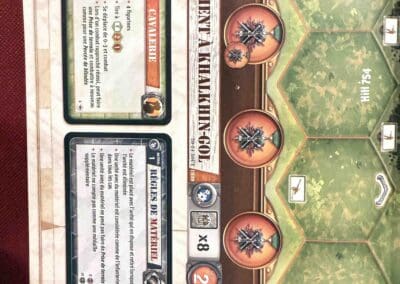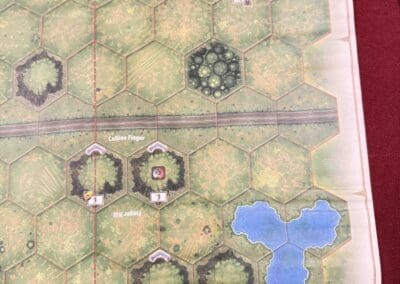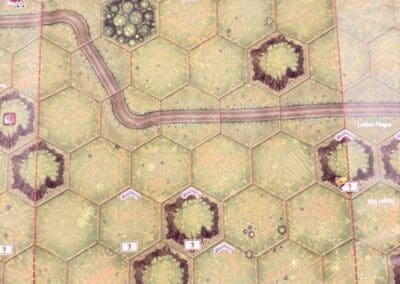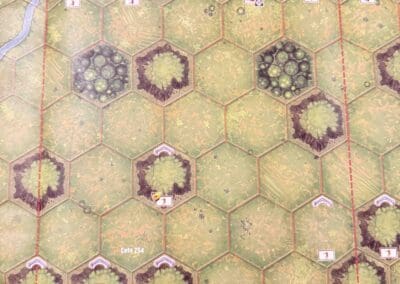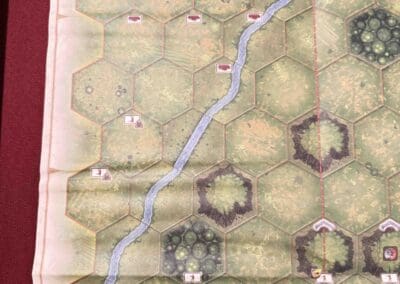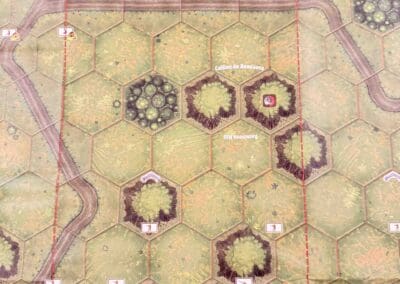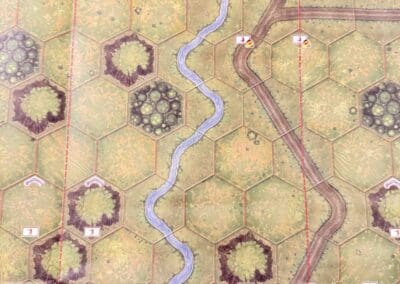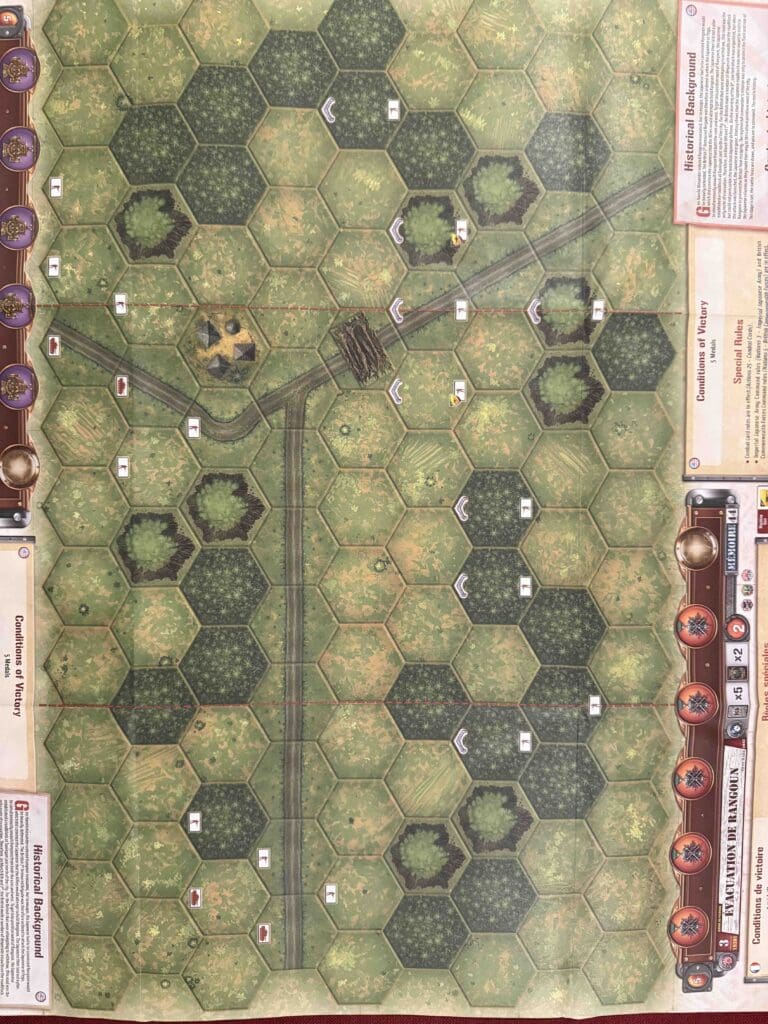Opportunity at Falaise
Opportunity at Falaise

Operation Tractable was no walk in the park—it was a slugging match to crack open Falaise and slam shut the German retreat. After Totalize stalled at Hill 195, General Simonds didn’t waste time crying over it—he drew up a new plan and hit them again on August 14.
This time the Canadians rolled in daylight, the 4th Armoured hammering from the west, the 3rd Infantry grinding from the east. Smoke screens masked their advance, Kangaroos hauled men through fire, and German anti-tank guns spat death every step of the way. The enemy counterattacked hard, slowing progress, but the Canadians kept pushing. By the 16th, they broke into Falaise, and after two more days of brutal house-to-house fighting, the city was theirs.
It wasn’t the end, but it was the first crack in the Falaise Pocket. With Falaise in Allied hands, the jaws were closing on the German 7th Army—and they knew it.
~~ General Howitzer
VP’s
5
![]()
Card Balance:
Allies – 5
Axis – 5
Complexity:
4
Conditions:
Countryside

Context:
Historical
Location:
Normandy
Year:
1944
Campaign:
Battle of Normandy: Operation Tractable
Summary:
Victory Points:
5 Medals, including a temporary medal for the town of Falaise.
Terrain:
Countryside with a river running across two thirds of the battlefield.
Troops:
Allies – 8 Infantry, 4 Armor
Axis – 8 Infantry including 1 Anti-tank gun, 1 Armor, 1 Artillery

Allies:
1. This scenario has a unique feature for the Allies, in that they can layout smoke screens on three hexes. It is probably best to put those in front of the closes enemy forces so that they cannot fire, while you prepare your attack.
2. Your best opportunity as Allies will be in your right flank. You can attack the units on the hill, and then begin putting pressure on the central section, and push towards the Medal in the town. The units in the woods in the center section are particularly hard to kill as the fordable river causes you to lose one attack dice, so you will be hitting the woods with just 1D per close assault Infantry unit.

Axis:
1. Your weakest area will be your left flank. With the river to protect the rest of your forces, you will need to get your armor to the left side in order to defend against the forces coming at you on that side.
Author.
URL
